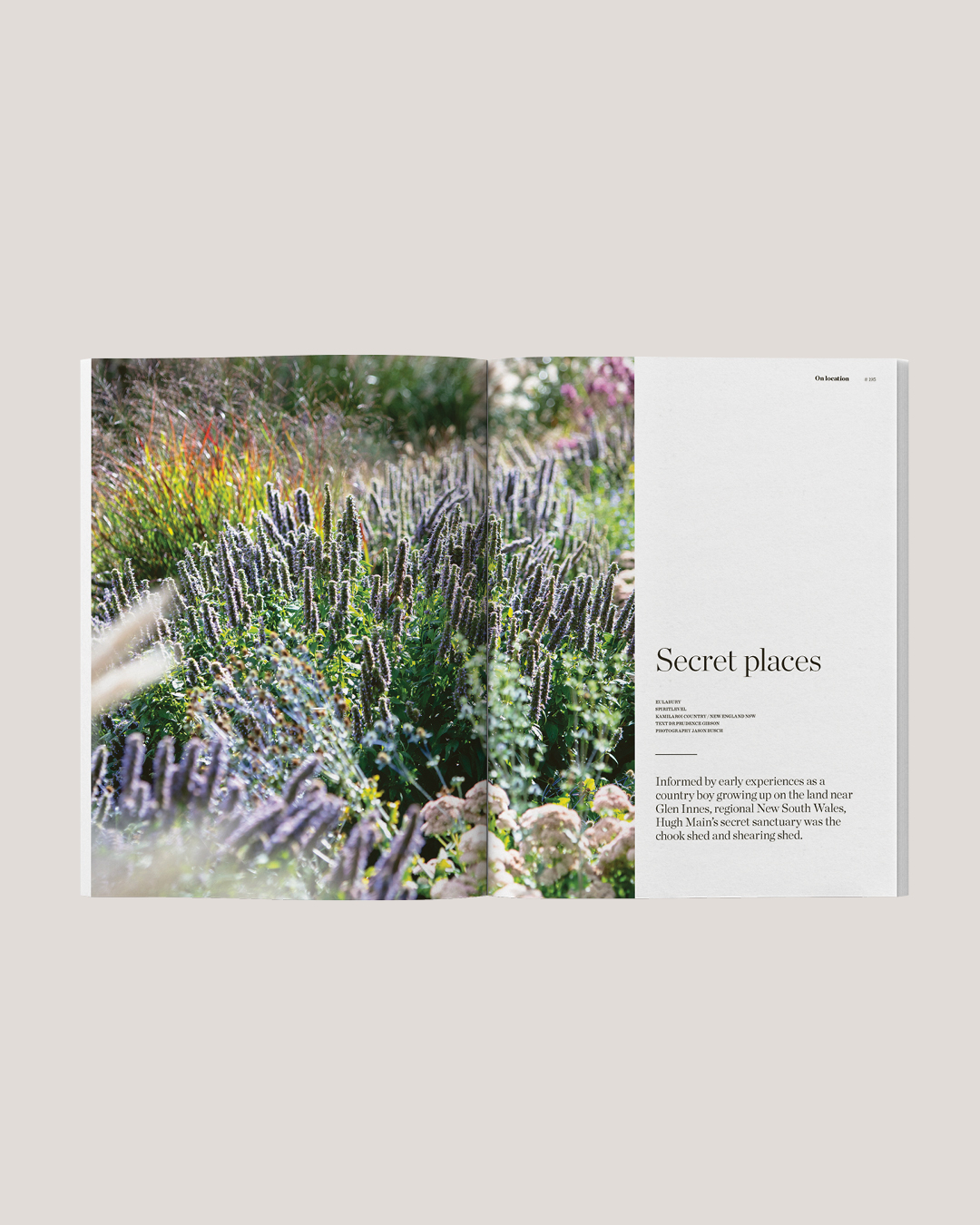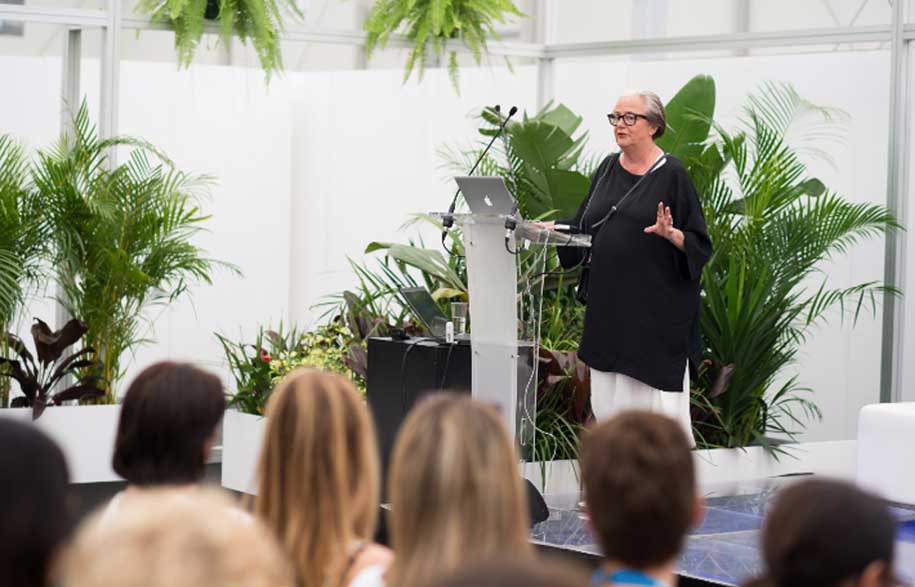I heard from trend forecaster Lidewij Edelkoort recently, who was in Australia to speak at an event. A group of around 25 design media editors were huddled around a table in a tiny room at the Park Hyatt, hanging on to her every word.
Now these are seasoned design editors, not your average mum and dad viewer of The Block. They themselves dish out advice and opinion on trends. So why does someone like Li Edelkoort have such pull over them (us)?
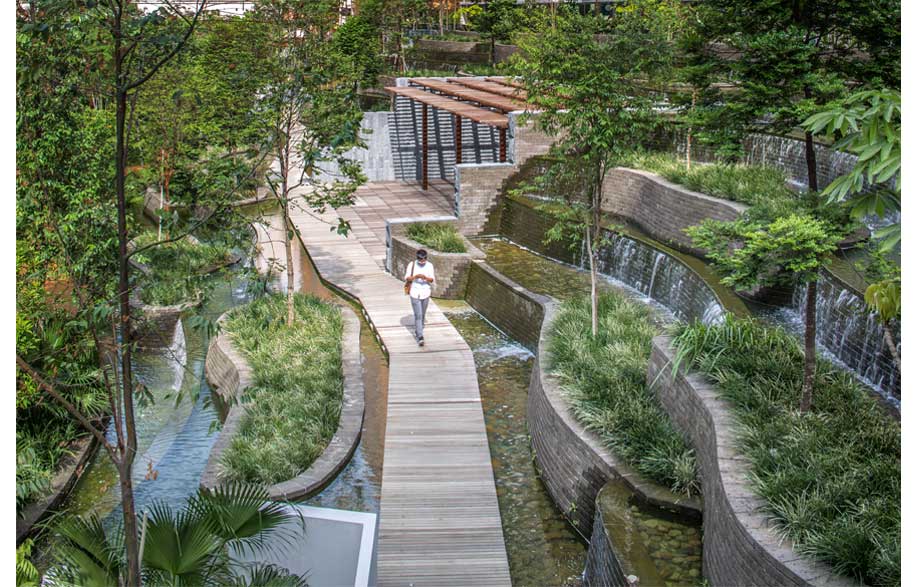
The Minton, Singapore. Photography by Marc Tey
Trends is not a word I like to use. It sounds empty and shallow and impermanent. I don’t want to hear that ‘black is the new black’. But, I am very interested in collective movements – and what they represent. It’s a little like that scene in The Devil Wears Prada where Meryl Streep defends the fashion industry (which Anne Hathaway’s character has just derided), pointing out its influences, contextualising it and drawing a path from where a ‘trend’ might start and trickle down to a cerulean jumper in a clearance bin.
That is the kind of conversation I’m interested in having about ‘trends’ in design. One that considers the social, psychological, emotional and cultural implications of a product, or a design strategy – not just what it looks like. For example, the explosion of vertical gardens in multi-residential developments is not just something that looks good, but also has positive impact on residents’ health and well-being as well as general onlookers; because developers are recognising that these are important considerations in people living environments.
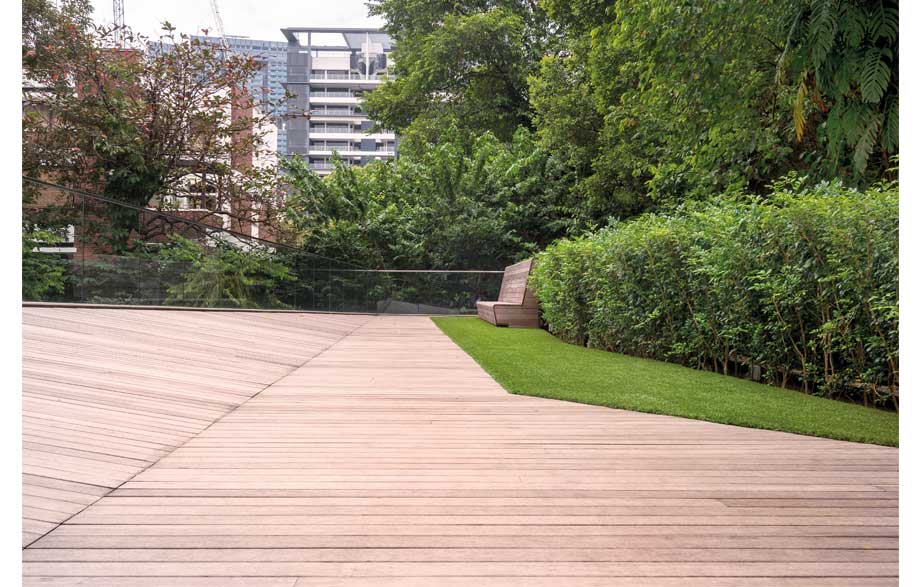
The Oliv, Singapore. Photography by Edward Hendricks
Li Edelkoort takes this approach in her forecasting. The colours, forms and finishes she talked about were wrapped in the idea that we are moving towards that which makes us feel safe. For the first time in a long time, she says, there is not a single aggressive ‘story’ (see how much more depth the word ‘story’ has over trend?).
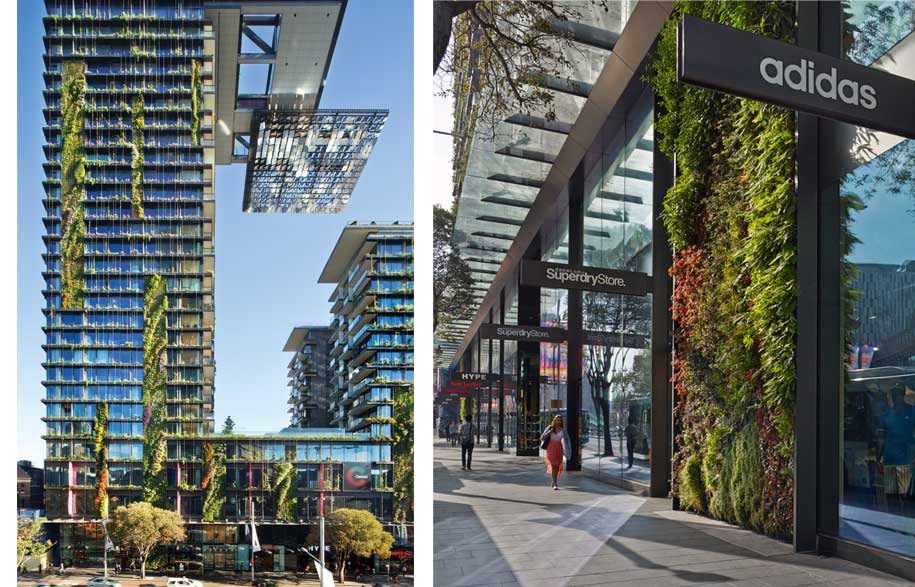
Central Park, Sydney. Photography by Murray Fredericks
Lidewij Edelkoort
edelkoort.com
